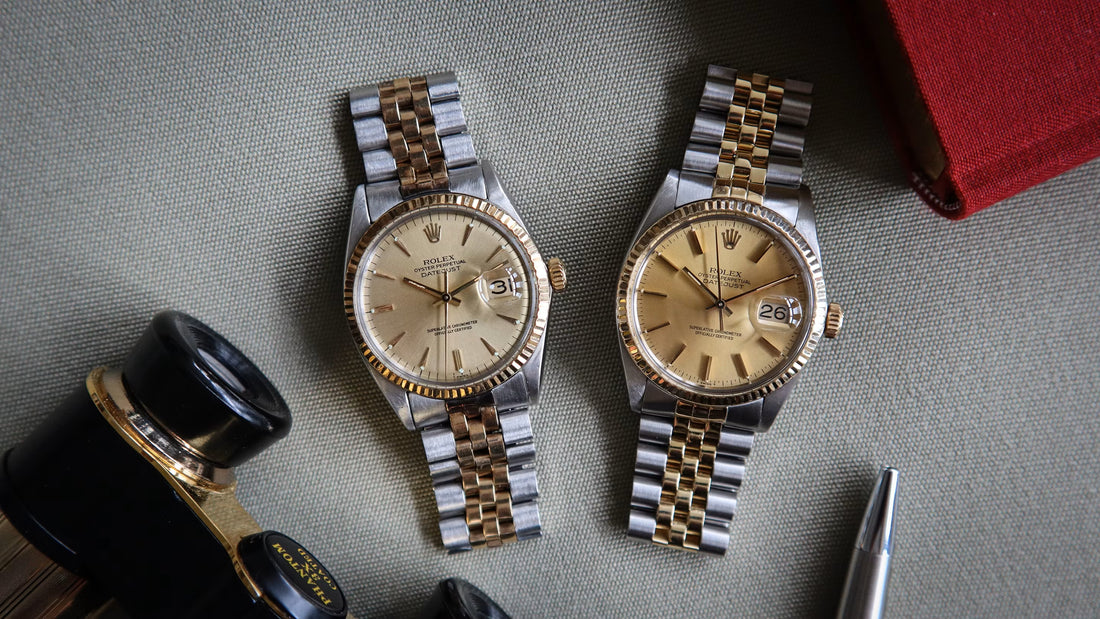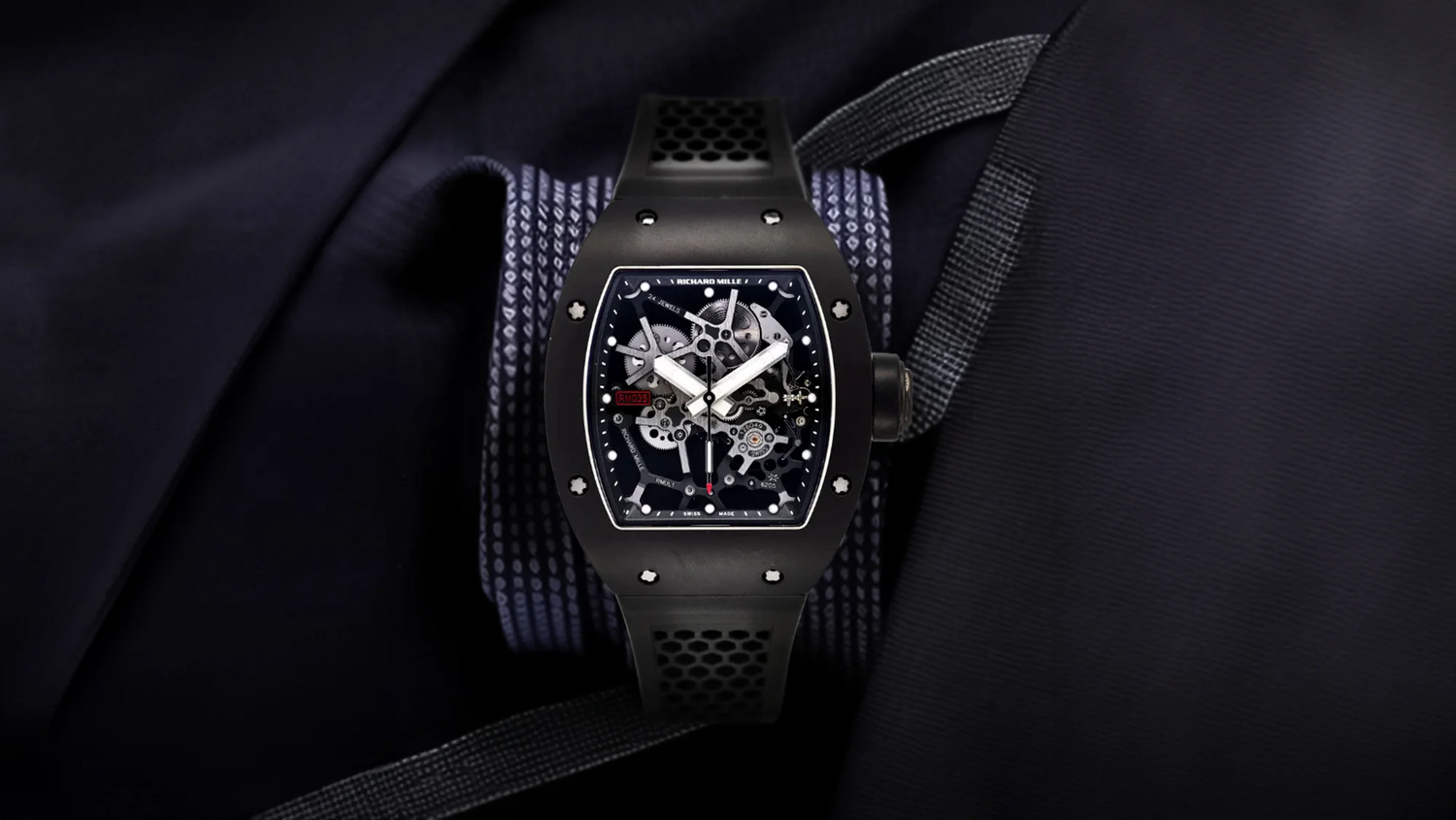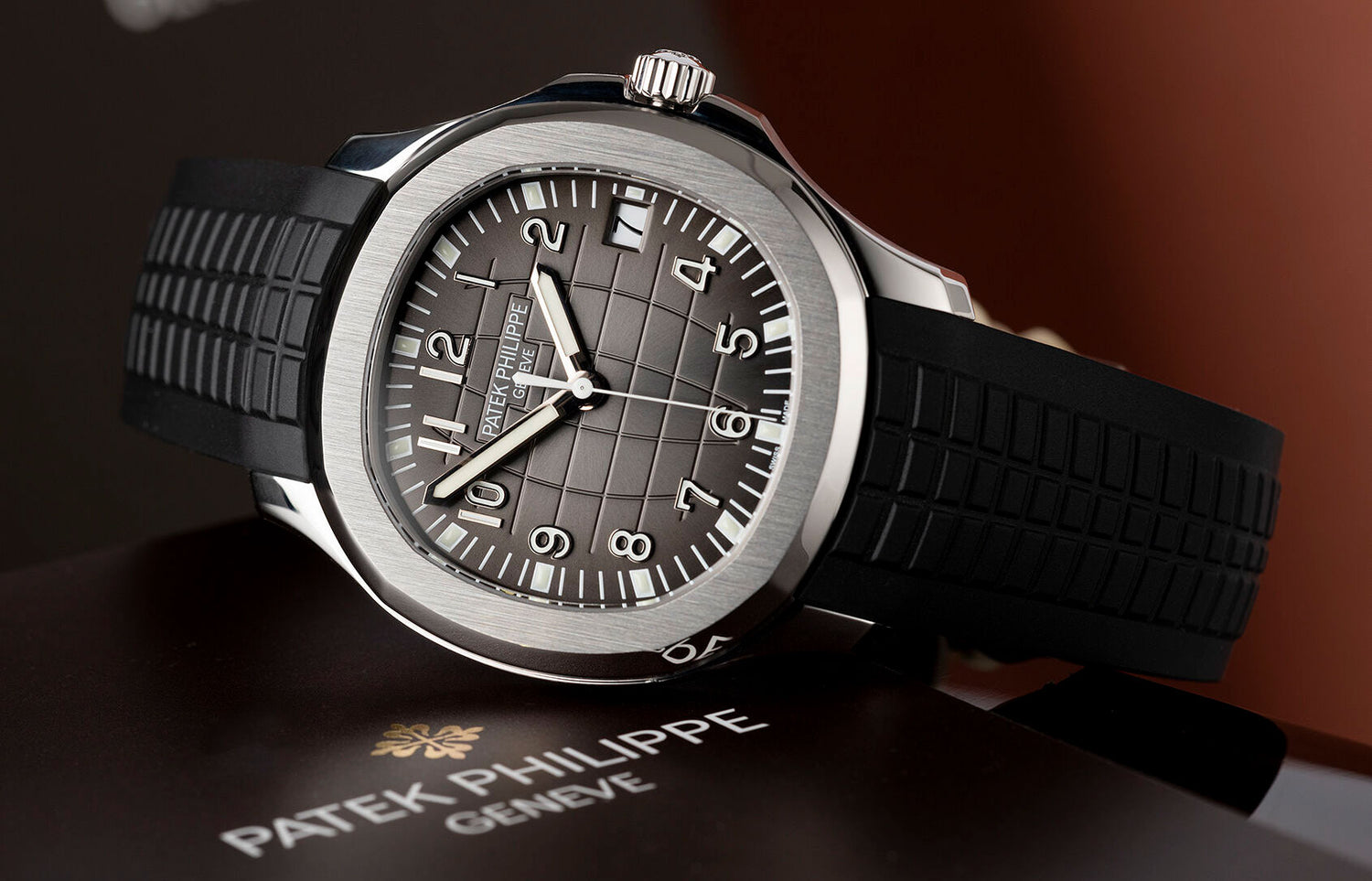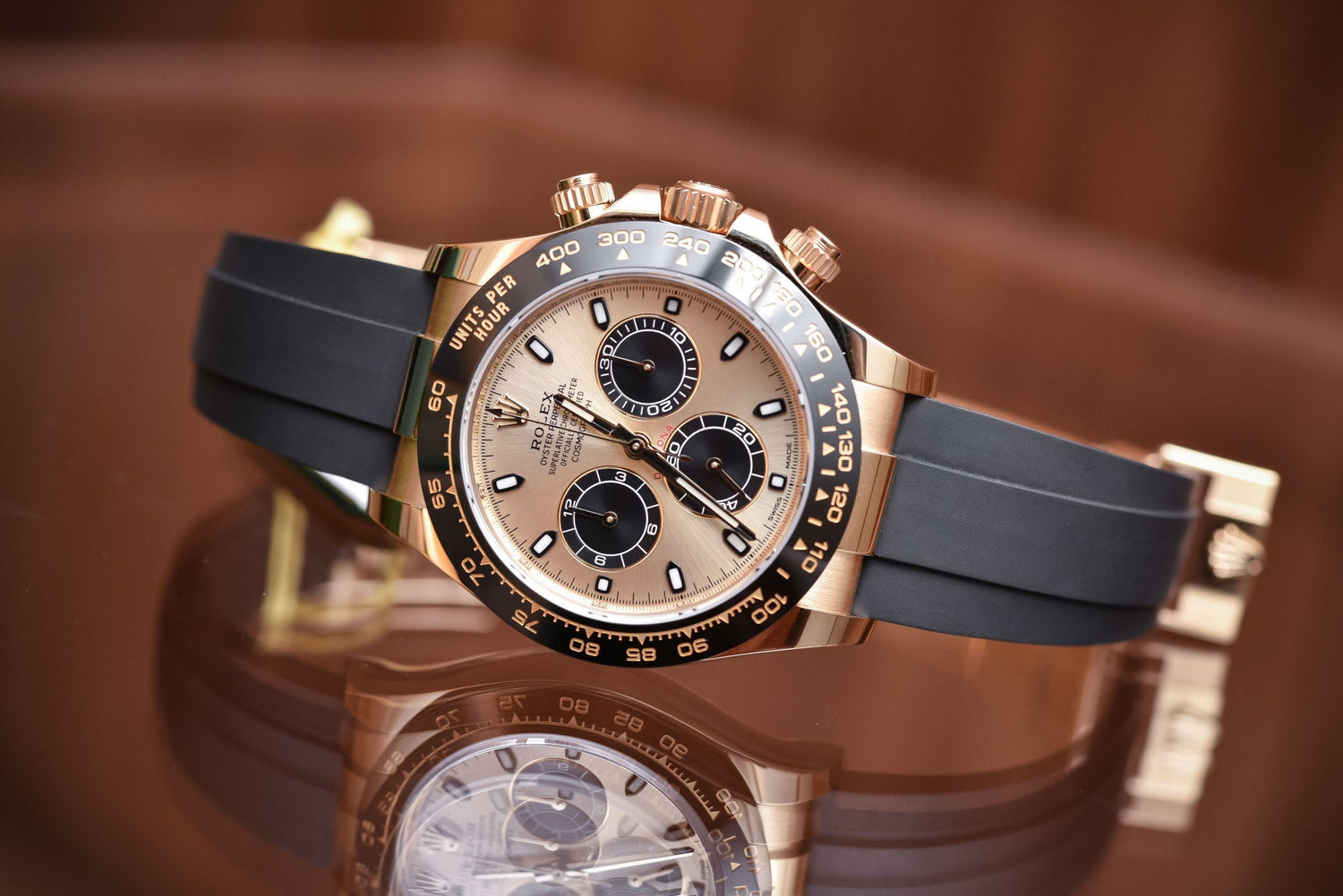Luxury watch’ prices have notably moderated since their exorbitant highs in 2021-2022. While stainless steel and gold timepieces have seen significant reductions, two-tone watches have maintained their value. Market trends indicate a slight uptick in two-tone luxury watch prices amidst a decline in steel counterparts throughout 2023. Notably, certain models like the Rolex Sky-Dweller are commanding prices above manufacturer's suggested retail prices (MSRP), suggesting a resurgence in the popularity of two-tone designs. Let's delve into the evolving collectability of two-tone watches through a brief historical perspective.
What is a Two-Tone Watch?
The term "two-tone," or "bimetal" in Europe, typically describes a steel-cased watch featuring a crown and bezel crafted from yellow or rose gold. If the watch includes a bracelet, the center links are likely to be gold as well. Collectors often abbreviate this as "TT." While two-tone watches may also combine titanium and gold, or white gold with yellow gold, such variations are less prevalent compared to steel-and-gold models.
The Two-Tone Rolex Evolution
While Rolex is often associated with dubious "firsts," they truly popularized two-tone watches. Contrary to the '80s stereotype, they introduced two-tone models as early as the 1930s with the Bubbleback Oyster Perpetual and Prince lines. However, the two-tone Datejust, launched in 1948, solidified Rolex's link to this style. Dubbed "Rolesor" by Rolex, a fusion of gold and steel, collectors rarely use the term.
Rolex pioneered the two-tone sports models trend in 1970, later adopted by numerous brands. Audemars Piguet introduced its inaugural two-tone Royal Oak, ref. 3800/1JA, in 1977, followed by Patek Philippe's Nautilus, ref. 3800/1JA, in 1981. Cartier's Panthère and Pasha quickly followed suit. By the mid-1980s, Breitling and TAG Heuer enthusiastically embraced the two-tone style, marking a lasting shift in watch design.
Two-Tone Watches: Tacky or Trendy?
Without a doubt, two-tone watches often attract criticism, labeled as "tacky" or "dated" by some. Prestigious watchmakers such as A. Lange & Söhne and F.P. Journe typically abstain from producing them. However, disdain for two-tone watches is more pronounced among older collectors. The question of why they're despised used to be common, but attitudes have shifted. Younger collectors appear indifferent to the supposed taboo, embracing them without concern for tradition or expectation.
Wristwatch Revival: Two-Tone Watches Making Waves!
In 2024, two-tone watches have surged in popularity compared to 2014. Leading this trend is the Rolex "Root Beer" GMT-Master II ref. 126711 CHNR, introduced in 2018. Featuring a half-brown ceramic bezel insert and Everose gold accents, it exceeded expectations. Demand was so high that waitlists for this two-tone model became notorious, a stark shift from previous perceptions where purchasing from grey market dealers at a discount seemed the norm.
Shifting Shades: Two-Tone's Timeless Transition
The era of substantial discounts on two-tone luxury watches appears to have ended. Even previously less favored models like the modern two-tone Yacht-Master now command prices close to their original retail value in the resale market. Demand for Rolex's two-tone offerings, including the sought-after "Bluesy" Submariner, has notably surged. In contrast, Patek Philippe has discontinued all two-tone models in their current lineup, exemplified by the 5980/1AR.
Two-tone watches, due to their gold components, commanded higher prices when new, though this premium diminishes over time, albeit more gradually with Rolex. For instance, previous-generation Rolex Datejust 36 models like the 116233 often fetch thousands more in the secondary market compared to their all-steel counterparts like the 116200. While historically, two-tone Rolex models maintained a slight premium over all-steel variants, this trend is changing, with some other brands like Breitling showing the steel versions commanding higher prices in the used market.
Top Two-Tone Timepieces for Men
https://nycwatcher.com/collections/date-just-40mm
High-end watchmakers such as Omega and Breitling once offered abundant two-tone options, but the variety seems to have diminished. Rolex and Cartier dominate the world of luxury two-tone watches, with models like the GMT-Master II, Submariner, and Sky-Dweller fetching high prices. The demand for two-tone Rolex Datejust models remains consistently strong. Additionally, Santos de Cartier watches have gained significant popularity, notably with their distinctive gold screws and rectangular bezel. Collectors have shown interest in skeletonized versions of the Santos. Beyond a titanium-and-rose-gold Omega Seamaster 300, there are few other notable men's two-tone watches in high demand.
Gleam & Glam: Top Two-Tone Timepieces for Women
Two-tone watches for women stand apart from their male counterparts in terms of reception, with Rolex and Cartier reigning as premier manufacturers in this domain. The timeless appeal of the two-tone Rolex Lady Datejust, adorned with a Jubilee bracelet, has endured for over six decades without controversy. Sizes have evolved, with the Lady Datejust (formerly 26mm, now 28mm) and the mid-size Datejust (31mm) reigning supreme in the realm of women's two-tone timepieces.
Cartier's two-tone offerings, notably the iconic Panthère, also hold significant sway. Curiously, as of 2024, Cartier has ceased production of all two-tone Tank models. However, variations of TT designs persist across the Pasha, Ballon de Blue, Panthère, and Santos lines.
Luxury watch brands are increasingly deliberate in their two-tone designs, offering unique color schemes tailored to each model rather than simply offering them as default options. What's your take on two-tone watches? Are you inclined to invest in gold accents, or do you prefer a more classic, gold-free look? Regardless of your preference, the luxury watch market offers a wide array of choices, many of which are now available at more attractive prices compared to 2022.




